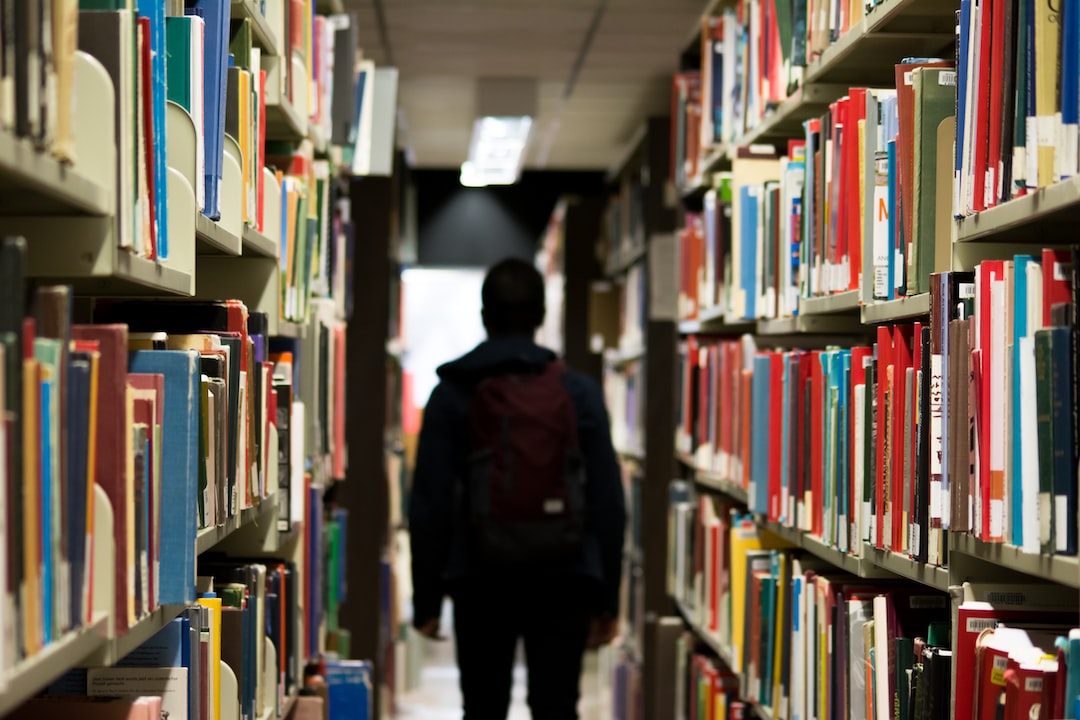The Future of Education: Embracing Innovation and Technology for Enhanced Learning
Education has always been a fundamental pillar of every society. It is through education that we shape and mold the minds of future generations. In today’s fast-paced and constantly evolving world, it is becoming increasingly evident that traditional methods of teaching and learning are no longer sufficient. The future of education lies in embracing innovation and technology to enhance the learning experience for all.
Technology has revolutionized every aspect of our lives, from the way we communicate to the way we work and conduct business. It is only natural that it should also transform the way we learn. Smartphones, tablets, and computers are becoming commonplace in classrooms, changing the dynamics of education. These devices provide students with access to a vast amount of knowledge and resources at their fingertips, empowering them to take a more active role in their education.
One of the most significant advantages of technology in education is the ability to personalize learning experiences. Every student has unique learning needs and abilities. With the help of technology, teachers can tailor their lessons to cater to individual students’ strengths and weaknesses. Personalized learning software, adaptive assessments, and intelligent tutoring systems are examples of innovative tools that can identify a student’s learning style and adapt teaching methods accordingly. This individualized approach to education ensures that every student is given the opportunity to reach their full potential.
Furthermore, technology allows for collaborative learning opportunities that were once limited to the physical classroom. Online platforms and video conferencing tools enable students from different parts of the world to connect and collaborate on projects, sharing ideas and perspectives. This globalized approach to education fosters cultural understanding and prepares students for the increasingly interconnected world they will be a part of. It also allows for the exchange of knowledge and expertise across borders, transcending geographical limitations.
The integration of virtual reality (VR) and augmented reality (AR) in education opens up a whole new world of possibilities. VR and AR can transform traditional textbooks into interactive and immersive learning experiences. Imagine students being able to explore ancient civilizations, dissect a human body, or simulate science experiments all within the confines of a classroom. These technologies not only enhance engagement but also provide a deeper understanding of complex subjects. Students are no longer limited to reading about historical events or scientific concepts; they can now experience them firsthand.
Artificial intelligence (AI) is another technological advancement that holds tremendous potential in education. AI-powered chatbots can provide immediate assistance to students, answering questions and guiding them through assignments. This personalized support ensures that students never feel left behind or overwhelmed. AI can also analyze vast amounts of data to identify patterns and trends in student performance, allowing teachers to detect areas where additional support or intervention may be required. This data-driven approach to education helps educators make more informed decisions and improve overall student outcomes.
While technology presents numerous opportunities, it is important to acknowledge the challenges that come along with it. The digital divide, for instance, refers to the gap between those who have access to technology and those who do not. It is crucial for governments and institutions to prioritize bridging this gap to ensure equal opportunities for all students. Additionally, concerns over privacy and security must be addressed to safeguard sensitive student data. Proper training and support for teachers to effectively integrate technology into their teaching practices is also essential.
The future of education lies in embracing innovation and technology. It is through these advancements that we can create a more inclusive, personalized, and engaging learning experience for all students. By leveraging the power of technology, we can ignite curiosity, foster creativity, and equip students with the skills they need to thrive in the 21st century. The possibilities are limitless, and the time to embrace this future is now.

